Introduction
Green onions, also known as scallions or spring onions, are a staple in kitchens worldwide, prized for their mild, oniony flavor and vibrant green hue. However, like many fresh produce items, they are perishable and can deteriorate over time. A common concern among home cooks is whether green onions that have turned yellow are still safe to consume. This article delves into the science behind the yellowing process, evaluates safety risks, explores nutritional changes, and provides practical advice on storage and usage. By understanding the factors that cause discoloration and how to mitigate them, you can reduce food waste while prioritizing health and taste.

The Science Behind Yellowing Green Onions
Green onions belong to the Allium family, which includes garlic, leeks, and chives. Their crisp, green stalks and white bulbs owe their color to chlorophyll, the pigment responsible for photosynthesis in plants. However, several biological and environmental factors can cause chlorophyll to break down, leading to yellowing:
- Chlorophyll Degradation: Over time, chlorophyll molecules degrade due to exposure to light, oxygen, and enzymes naturally present in the plant. This process, called senescence, accelerates once the onion is harvested, as the plant no longer receives nutrients from its roots.
- Ethylene Gas: Green onions, like many fruits and vegetables, produce ethylene—a natural plant hormone that regulates ripening and aging. When stored near ethylene-emitting produce (e.g., bananas, tomatoes), green onions may yellow faster due to accelerated senescence.
- Temperature and Humidity: Warm temperatures and high humidity create ideal conditions for enzymatic activity and microbial growth, both of which can hasten yellowing. Conversely, excessive dryness can cause wilting, which may be mistaken for yellowing.
- Light Exposure: Prolonged exposure to sunlight or artificial light can degrade chlorophyll, causing green onions to fade or develop yellow patches.
Safety Considerations: Is Yellowing a Sign of Spoilage?
The critical question is whether yellowed green onions pose health risks. While yellowing itself is a natural part of aging, it can sometimes coincide with spoilage. Distinguishing between harmless discoloration and dangerous decay is essential:
-
Natural Yellowing vs. Spoilage:
- Natural yellowing typically appears as a uniform fading of the green stalks, often accompanied by a slight softening of the texture. The onion may still be safe to eat, though its flavor might diminish.
- Spoilage, however, is marked by additional signs: mold growth (fuzzy spots in blue, green, or black), sliminess, a fermented odor, or a mushy texture. These indicate microbial activity, which can cause foodborne illnesses.
-
Microbial Risks:
- Mold: Species like Penicillium or Aspergillus can grow on damaged or aging onions, producing mycotoxins that are harmful if ingested.
- Bacteria: If moisture is present, bacteria like Pseudomonas or Bacillus may proliferate, leading to spoilage and potential gastrointestinal issues.
-
When to Err on the Side of Caution:
If yellowing is accompanied by off-smells, mold, or extreme softness, discard the onions. Similarly, if the yellowing is uneven or localized to specific areas (e.g., the base of the stalk), it may indicate physical damage that invites pathogens.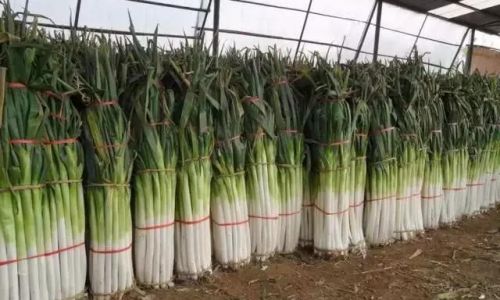
Nutritional Impact: Do Yellowed Green Onions Lose Their Health Benefits?
Green onions are rich in vitamins (A, C, K), antioxidants, and fiber. Yellowing can alter their nutritional profile:
- Vitamin Loss: Chlorophyll breakdown may reduce vitamin C content, as this vitamin is sensitive to light and heat. However, vitamin A (from beta-carotene) and vitamin K levels remain relatively stable.
- Antioxidant Shifts: Some studies suggest that as chlorophyll degrades, certain antioxidants like quercetin and kaempferol may increase, potentially offering anti-inflammatory benefits.
- Fiber Integrity: The dietary fiber in green onions, which aids digestion, remains intact even after yellowing.
While yellowed onions may not pack the same nutritional punch as fresh ones, they can still contribute to a balanced diet—provided they are safe to eat.
Proper Storage Techniques to Prevent Yellowing
Extending the shelf life of green onions starts with optimal storage:
-
Refrigeration:
- Trim the roots and wrap the onions in a damp paper towel to maintain humidity.
- Place them in a perforated plastic bag or airtight container to prevent ethylene buildup.
- Store in the crisper drawer, where temperatures hover around 32–36°F (0–2°C).
-
Room Temperature Storage:

If using within a few days, stand green onions upright in a glass of water (like flowers) and cover the bulbs with a plastic bag. This method keeps them crisp but is less effective long-term.
-
Avoiding Common Pitfalls:
- Do not wash green onions before storing, as excess moisture promotes spoilage.
- Keep them away from ethylene-producing fruits.
How Long Do Green Onions Last?
- Refrigerated: Properly stored green onions can last 1–2 weeks.
- Room Temperature: 3–5 days.
- Frozen: Chop and freeze in ice cube trays with water for up to 3 months.
Reviving Wilted or Yellowed Green Onions
If your onions are slightly wilted or yellowed but not spoiled, try these revival methods:
- Trim and Soak: Cut off the yellowed tips and soak the stalks in ice water for 20–30 minutes. This can rehydrate and crisp them.
- Cook Them: Sautéing or adding yellowed onions to soups, stir-fries, or stocks can mask texture changes while retaining flavor.
When to Discard Green Onions: Clear Signs of Spoilage
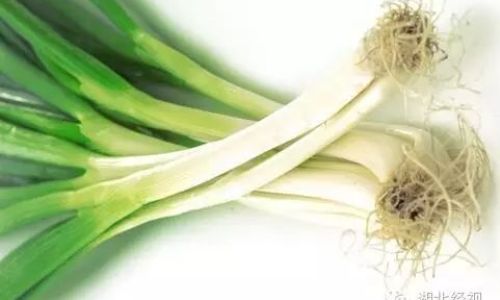
- Mold: Discard immediately if fuzzy, discolored patches appear.
- Foul Odor: A pungent, sour, or fermented smell indicates bacterial activity.
- Sliminess: A sticky or gelatinous texture is a red flag.
- Extreme Wilting: If the onions are limp and shriveled beyond revival, compost them.
Creative Uses for Aged Green Onions
Even if your green onions are past their prime, they can still be useful:
- Stocks and Broths: Add yellowed stalks to vegetable or chicken stock for depth of flavor.
- Composting: Chop and mix into compost to enrich soil.
- Garden Mulch: Use as a natural mulch for onion or garlic plants.
Expert Insights and Scientific Studies
Food safety experts emphasize that visual cues alone are insufficient to determine safety. The U.S. Department of Agriculture (USDA) recommends discarding produce with signs of spoilage, even if only part of the item is affected. A 2018 study in the Journal of Food Science found that green onions stored at 4°C (39°F) retained better quality than those at room temperature, with minimal microbial growth after 14 days.
Conclusion: Balancing Safety and Sustainability
Yellowed green onions are not inherently unsafe, but their edibility depends on the absence of spoilage signs. By understanding the causes of yellowing, storing onions properly, and using sensory cues (sight, smell, touch), you can make informed decisions. When in doubt, remember: it’s better to err on the side of caution. However, slight yellowing doesn’t automatically render onions inedible—so don’t toss them prematurely. With mindful practices, you can enjoy the flavor of green onions while minimizing waste and maximizing safety.
Final Tip: Label your green onions with the storage date to track freshness. A little organization goes a long way in the kitchen!
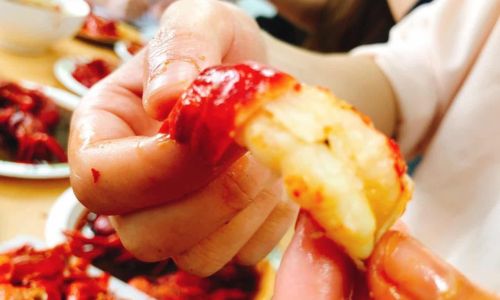


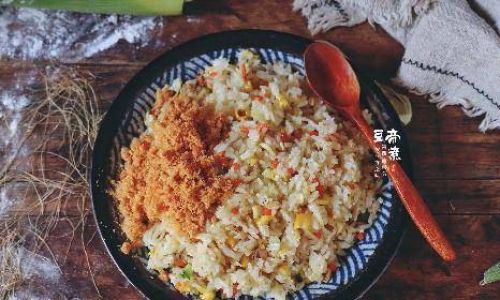
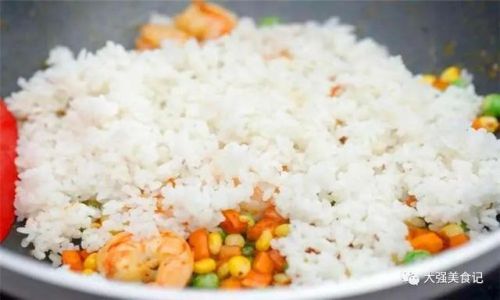
0 comments